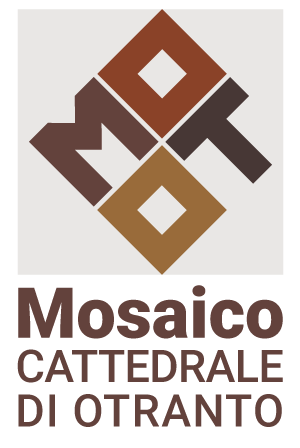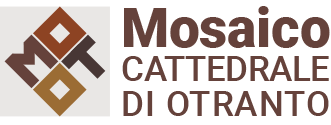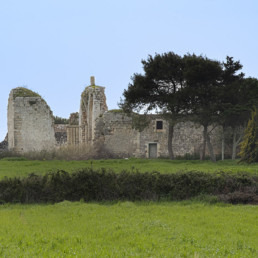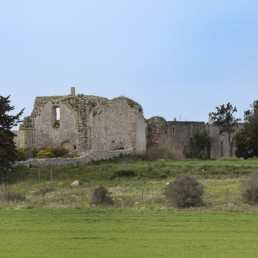MONASTERY OF ST NICHOLAS IN CASOLE
A centre of culture in Terra d’Otranto
Written sources that describe the Terra d’Otranto as an important crossroads between East and West tell of a large presence of Basilian coenobitic monasteries throughout the Salento Peninsula, including the Abbey of St. Nicholas in Casole.
The Monastery, which stood just 2 kilometres from Otranto in the town of Palascìa, was an important Basilian monastery of religious and contemplative life. The abbey was later destroyed during the Ottoman siege of Otranto, with only a handful of ruins remaining to this day.
Constructed during the 11th century, during the 12th century the monastery became the most active and important centre of culture in the Terra d’Otranto: Casole soon became a real University which, in addition to boasting a library and a scriptorium that were among the most famous in the Western world, was also a study residence house and a School of Art.
The library
The abbey’s library was one of the wealthiest and most important in the Western world, to the point that the abbey itself became one of the most renowned centres for the study of Classics in the 12th century.
The Scriptorium
An annex of the library, the scriptorium was an extraordinary centre of book production: manuscripts and codices that passed through the Terra d’Otranto were acquired and transcribed here thanks to the patient work of amanuenses. The papyrus scrolls and parchment codices were then meticulously decorated by the skilled hands of monks who specialised in illumination.
With its strategic position straddling both East and West, not only did Casole receive texts of a religious nature, but also received secular texts. Among the many encyclopaedic works that passed through the abbey’s library was the Physiologus graecus, the stories from which appear to have inspired Pantaleone when it came to what stories should be told on the Otranto mosaic.
It is assumed that Pantaleone was himself a member of the monastery at Casole; at the very least he was an extremely erudite clergyman, whose varied learning reveals an immense knowledge of texts both sacred and profane that would have almost certainly passed through Casole. However, we can but only imagine what Casole must have looked and felt like.
Today, we can only possibly imagine what the abbey was like and how a day in the life of the monks of Casole, with its focus on prayers, its fasting and frugal mealtimes, would have been thanks to a wonderfully illuminated manuscript kept in the Biblioteca Reale of the University of Turin: the Typikon Casulano.
This valuable resource not only survived the destruction of the abbey itself but also the dispersion of manuscripts and codices across Italy and the rest of Europe from what was considered the most important Graeco-Italian library in the Western world. For the monks, reading, studying, transcribing and copying illuminated manuscripts for preservation in the library were considered pious deeds (governed by the rules of the monastery) that were considered on the same level as prayer.




